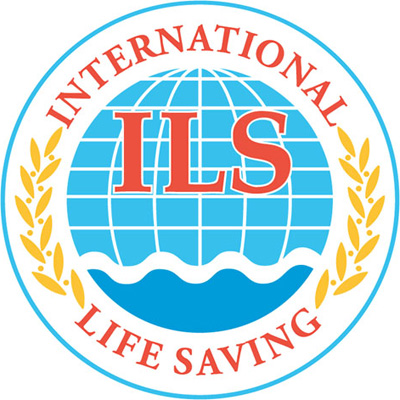About the Project

The Sri Lanka Women’s Swimming Project is the only drowning prevention organisation in Sri Lanka that is a member of IFSTA. It is culturally a non-swimming nation, despite being a tropical island with beautiful beaches and stunning jungle interior rivers—a popular destination for tourists internationally.
On Boxing Day 2004, Sri Lanka suffered terribly in the Indian Ocean earthquake and tsunami, where 80% of those who drowned were women and children. Following the disaster, Christina Fonfé, an STA swimming teacher, created the Project on the basis that, if a mother could swim, she would ensure her children could swim too.
Instinctively, Christina believed that swimming should be taught by addressing the cause of drowning—people do not drown because they cannot swim, they drown because they cannot breathe. She introduced learning to swim by mastering floating and breathing techniques first. In this paradigm change of ab initio learn-to-swim training, she was backed up by a scientific report presented by Robert Stallman, Professor of Sports Science, at Christina’s first IFSTA meeting. Ever since, both STA and IFSTA helped to further the Project, finally voting it in with the honour of becoming as a full member in 2018.
Impact
The Project has impacted the lives of over 6,500 women and teenage girls who have learned to swim. As a location with a patriarchal culture, the women of Sri Lanka had to seek permission to learn to swim from fathers or husbands. When the women did learn to swim, they underwent an energising personality change as a result, acquiring a life skill that is miraculously unique and socially uplifting in a non-swimming culture. Christina soon discovered that teenage girls are the quickest to learn and become the most available teachers, but it is the older women who learn to swim later in life who become the local leaders and motivators, getting people to swim in the community.
The project values cultural beliefs, and considerations were taken to remove barriers. Teaching takes place in complete privacy and in an all-female training environment. Interestingly, once the women can swim, they want to be seen; on one hand exerting their new status, and on the other advertising happiness to now envious non-swimmers.
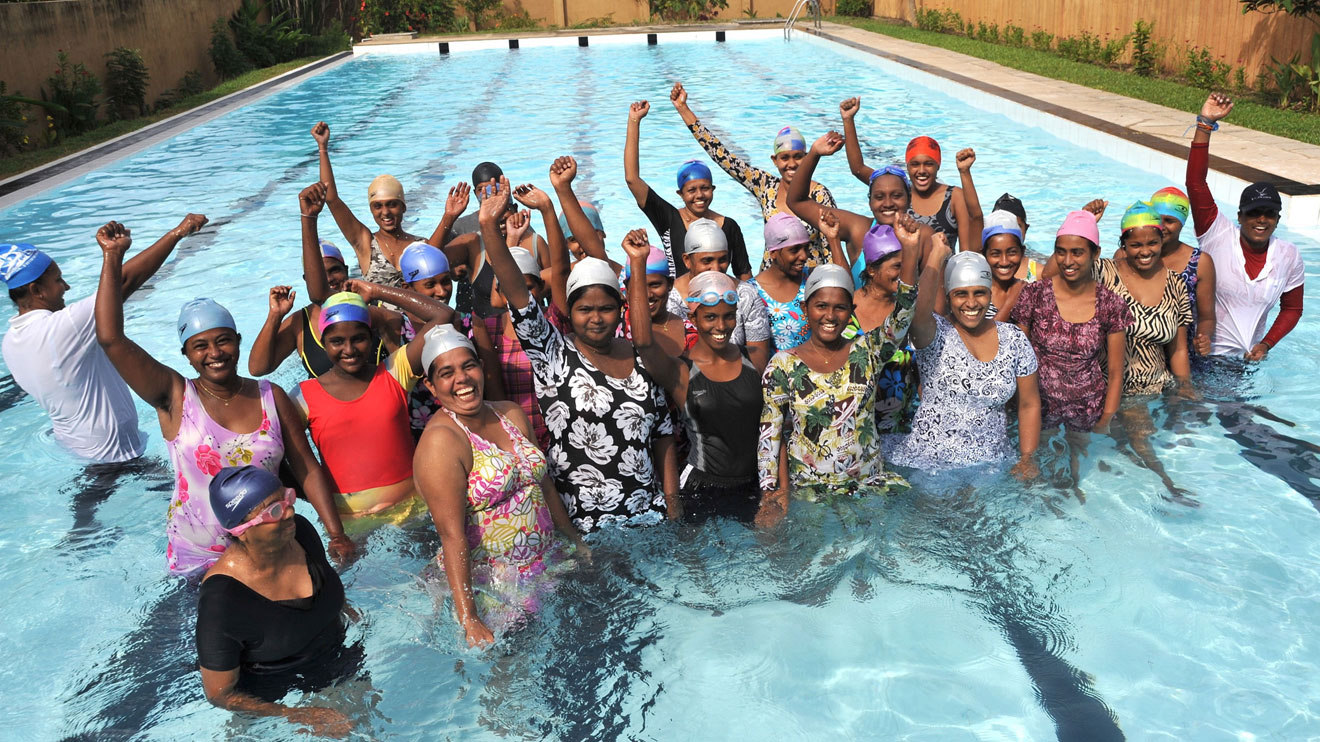
High self-esteem, confidence, achievement and happiness have given these women a new outlook on life.
International Influence
Through the Project’s presentation at World Conferences on Drowning Prevention, Christina has alerted country representatives and swimming charities to not just address drowning prevention by teaching children to swim, but to motivate and train both women and teenage girls as swimmers and swimming teachers to advance progress more rapidly throughout whole communities.
The Future
The Project has seen huge success, with female swimming teachers appearing as far apart as rural Bangladesh and Zanzibar. The vision for the future is now to expand as an IFSTA member and to be present at the International Life Saving Federation’s World Conference on Drowning Prevention 2021 in Colombo, Sri Lanka.
The vision now is to gain the government’s support to improve Sri Lanka’s drowning statistics, and to encourage teachers internationally to visit Sri Lanka and volunteer with the Project’s team.
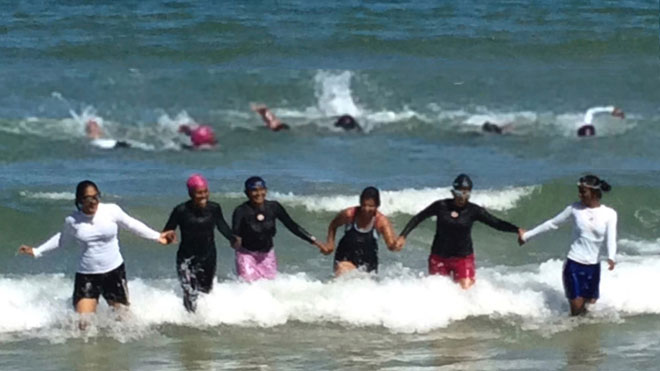
Once the women of Sri Lanka can swim, there is no holding them back from having fun swimming safely.
Females Impacted
With rising female self-confidence and sheer spirited fun, community safety awareness and mental health, the Project has supported young girls from poor rural and coastal communities.
The females impacted have gained independence to support themselves via higher education and entered professions such as nursing, law, aquatic sports-related careers abroad and local swimming teaching.
Below are some snapshots of how learning to swim has changed the lives of three young females.
Dinusha
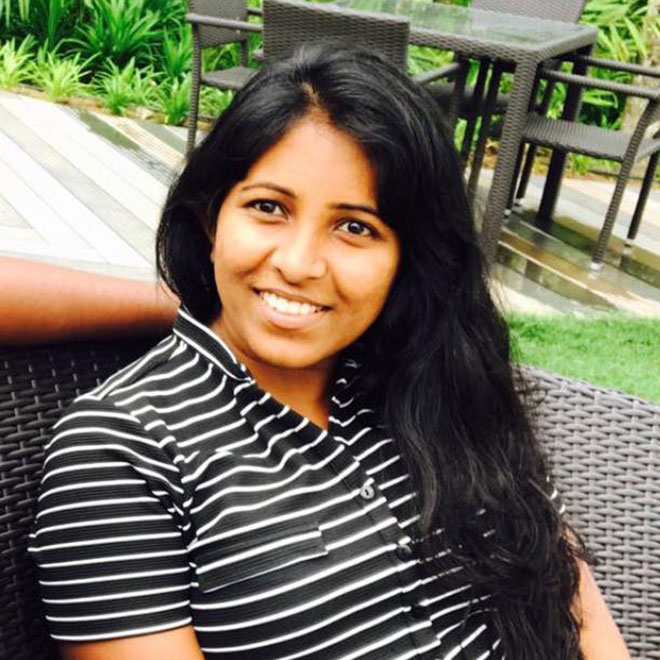
Dinusha came to Christine as a 14-year-old with an amazing grasp of English and developed from swimmer, to teaching assistant, to fully-qualified swimming teacher whilst studying at college. Her older sister followed in her footsteps, and her mother also learned to swim.
Her older sister emigrated to Australia and supported herself through a nursing degree by teaching swimming and joined one of Australia’s best paid professions as a graduate nurse.
Dinusha stayed in Sri Lanka, continued with the Project and went on to gain a science degree. At the invitation of her fellow non-swimmer male students, she taught them to swim beautifully; a true accolade to the advantages of learning to totally mastering floating before learning strokes.
Dinusha and her family have given more than a decade of magnificent support to the Project’s quest of reducing drowning in Sri Lanka and within their communities. They continue as voluntary disciples for drowning prevention at every turn of their lives.
Indu
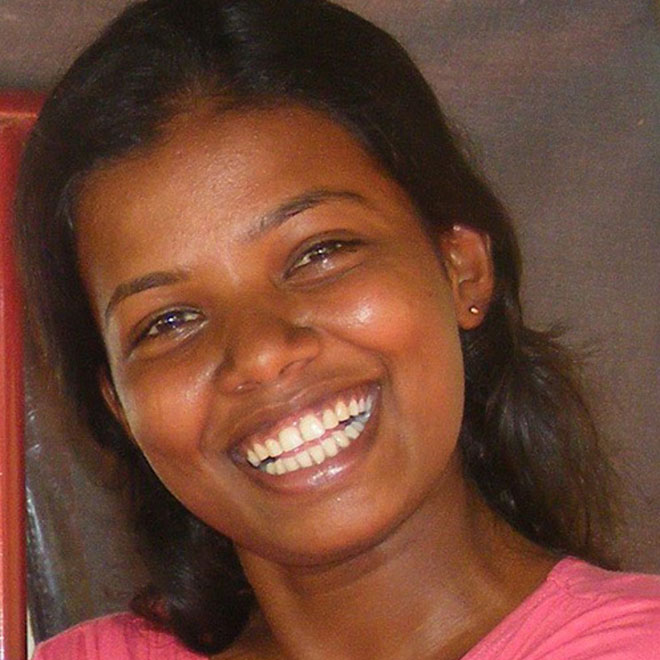
Indu is an extraordinary, diminutive person, who came to the Project from an underprivileged one-parent family in her village. She is incredibly optimistic, bringing light and laughter to all around her.
By sheer diligence and ability, she both looked after her mother and got herself through school to university. Her life’s ambition was to become a lawyer, but her village school was unable to equip her with the grades needed to study law so she compromised with a degree in political science, philosophy and psychology.
At Indu’s farewell interview at university, her professor suggested that she learn to swim at the campus, a centre of swimming excellence.
Indu turned up at the Project in 2011 and asked to be taught to swim. Her progress within 12 months was spectacular. Between all this, she diligently strove to improve her English and for 3 successive years entered the state’s Presidential Law Scholarship Competition.
All through this, she remained a supporter of the Project—travelling by bus four hours from the capital in Colombo to coastal Galle to deliver an afternoon of weekly swimming lessons to women, and then travelled four hours back to Colombo.
Sanduni
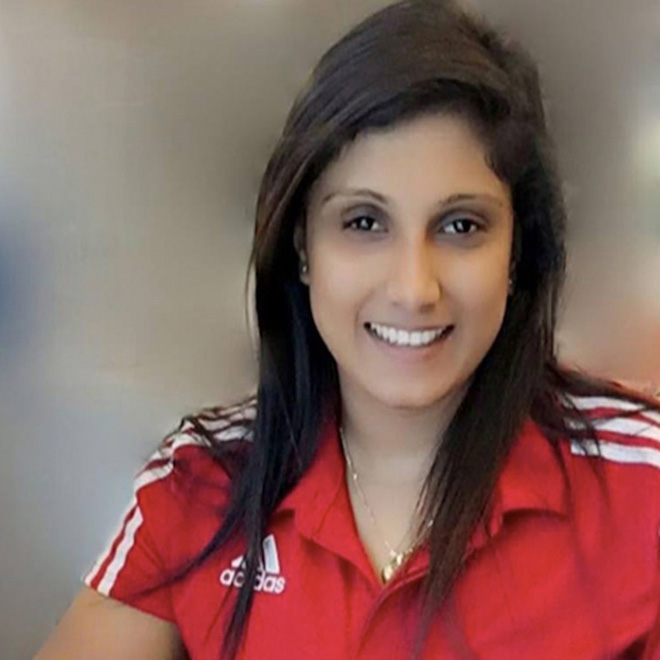
Sanduni came to the Project as a college student. Her low-lying lagoon-side family home had been washed clean of all possessions by the tsunami while her father was suffering from stomach cancer.
She was the victrix ludorum of sport in her year at school and expected to be able to breeze through learning to swim. It came as quite a shock that just imitating the visually apparent swimming actions prevented her from progressing, and she immediately wrote herself off as a non-swimmer.
Christina persisted, and once Sanduni mastered being able to find and sustain a back float-and-breathe position indefinitely, she quickly went on to become the Project’s best ever front quadrant swimmer. More than that, even as Sanduni was mastering step-by-step skills herself, she was assertively guiding her peers and developed quickly into a teaching assistant.
Turning her into a fully qualified swimming teacher required a special effort on the Project’s part due to learning difficulties, however she managed to qualify successfully and became the third pillar of our Project.
At age 19, Christina found Sanduni a job at a Colombo swim school run by one of Sri Lanka’s few swimming Olympians, quickly becoming his Head Coach of Junior Swimmers, and from there she went to work in the Middle East, finally becoming a swimming teacher for the Abu Dhabi Army. She is also the Ambassador for the Project’s motto:

